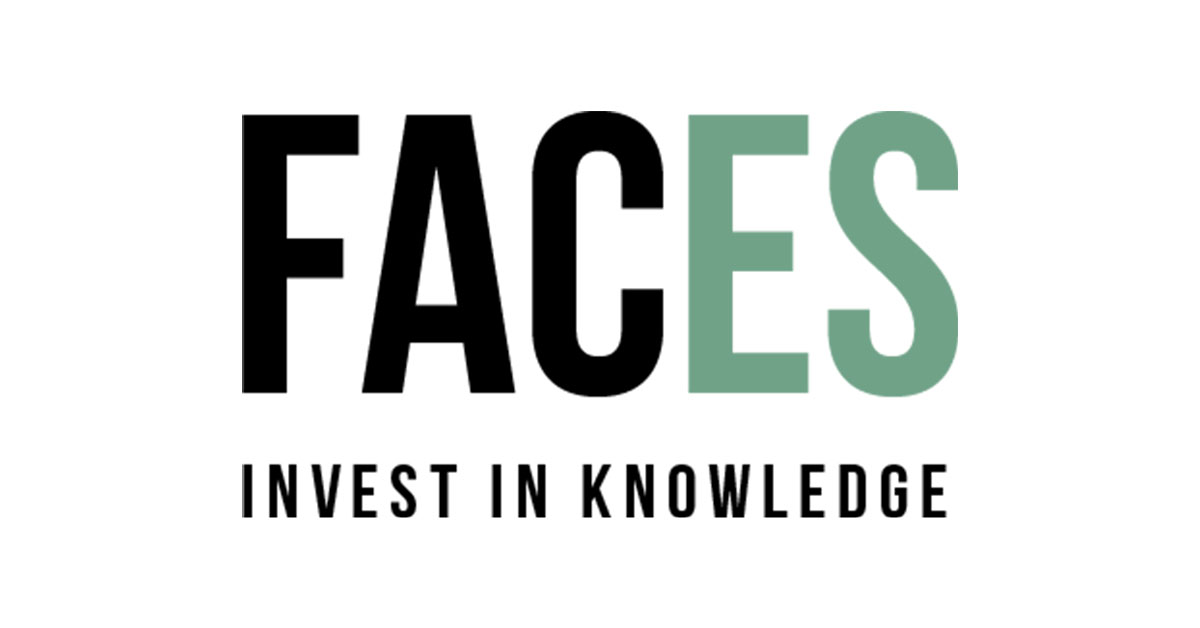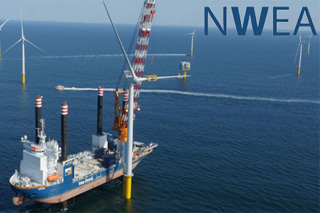For the Dutch version, click here. They are two companies you don't often think about, but they are essential to your daily life. Every time you


The unique Energy Agreement in the Netherlands makes for a clear and sustainable direction of the Dutch energy supply. The agreement, with a strong focus on wind energy, was made between more than forty organizations in 2013. It ensures that the Netherlands can meet the European target, that 14 percent of all energy supply must be of renewable origin by 2020. According to the agreement this should subsequently grow to 16 percent in 2023.
A substantial part of this renewable energy must be generated by wind. At the moment it is planned to generate 4450 megawatts (MW) of wind energy offshore, and 6000 MW on land. As of now the installed capacity in the Netherlands amounts to 3357 MW. In total, only around five percent of the Dutch energy supply is renewable right now. Compared to other European countries this is an incredibly low percentage, only Luxembourg and Malta perform worse in this respect. So the Netherlands still needs to make some big steps.
Wind energy offshore
When it comes to offshore wind energy, the Netherlands started out pretty well at first. It was one of the first countries in the world that constructed an offshore wind park. The first two of these, Egmond aan Zee (installed in 2006) and Prinses Amaliawindpark (completed in 2008), have an installed capacity of 228 MW. But after that off shore wind energy came to a halt in the Netherlands.
It took until September 2015 before the wind capacity was on the rise again in the Netherlands, with the completion of the park Luchterduinen. This park consists of 43 turbines with an aggregated power of 129 MW. Gemini, 85 kilometers north of the Wadden Sea islands, will become operational in 2017 with a capacity of 600 MW, which is of course a real stunner. Furthermore, in the IJselmeer a park called Westermeerwind will be installed which will generate 100 MW.
To reach the goals set out in the Energy Aagreement, all parties involved agreed to increase the total output of the offshore wind energy parks by a total of 3500 MW by taking five steps of 700 MW each. The parks are divided over a couple of parcels that are being licensed in duos through a tendering process. As a matter of fact, a bidder can opt to install a higher output (up to 380 MW), in order to generate more electricity and thus more revenues.
To transport the electricity from the wind parks towards the shore, some sort of power sockets will be used on sea which are connected to the wind turbines. These will be connected to the mainland, so no cables will run directly from the turbines towards the shore. This is a unique Dutch solution which brings down the costs.
The upcoming wind parks will be tendered through five biddings, and each winning party receives both the license and, simultaneously, the needed government subsidies. The winner is determined based on price, or in other words the consortium that needs the lowest amount of government subsidies in order to realize the project. This consortium receives the subsidy spread out over 15 years, and after that it needs to make do with the revenues from selling generated electricity.
Since the Dutch government imposes a reduction in costs of 40 percent for the new wind parks, there is a maximum bidding price which effectively means a maximum in government subsidy for each unit of electricity. This, combined with fluctuating energy prices over time, makes that a bidder has to cope with considerable uncertainty in this business.
A total amount of 18 billion euros of subsidies has been reserved for the offshore power grid, for the upcoming 20 to 30 years. Three to four billion is needed for the so-called power sockets and cables. TenneT, a Dutch power grid operator, has been chosen to administer this. The remainder of this money will be utilized as subsidy for wind energy parks. At present, wind energy without forms of subsidy is not profitable yet, but the new system which yields cost savings of 40 percent will certainly help make it profitable in the future.
It is expected that a number of large consortia will start bidding on the tenders, which will not only attract energy suppliers but also financial institutions and construction companies. The biddings are allowed to be financed with debt, but a strict requirement is that at least 20 percent must be (owner’s) equity.
Wind energy on land
The agreed on target for wind energy on land (onshore) amounts to 6000 MW and will be divided among each province in the Netherlands. Each Dutch province must generate some proportion of this 6000 MW, taking into account the expected ‘wind energy yield’ for each province. For example, the target for the Limburg province (which lies in the South) is relatively low (only 95.5 MW) because there is less wind compared to the coastal provinces.
Differences do exist in the policy of each province regarding how wind energy is stimulated. For instance, a number of provinces require that for each newly installed turbine, two old (and smaller) turbines must be replaced. Unfortunately this leads to undesirable situations in which a market for old turbines emerges, which drives up the price of wind energy.
Of note, the subsidies for the turbines on land are financed from another subsidy fund than the one for offshore wind energy. This fund is a more general one for renewable energy, which also finances for instance solar techniques. A criterion for this fund is that the most productive technique will receive a subsidy more quickly.






















